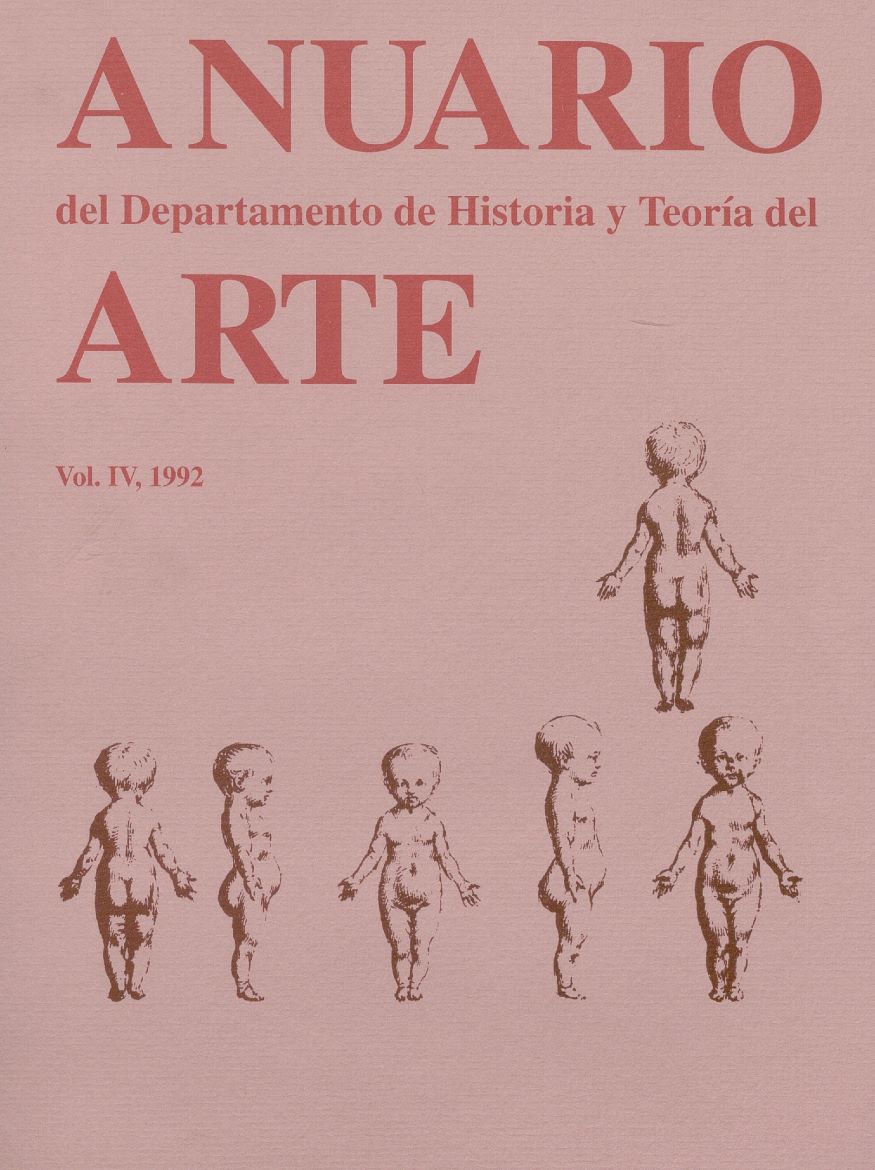Copyright (c) 2015 Anuario del Departamento de Historia y Teoría del Arte

This work is licensed under a Creative Commons Attribution 4.0 International License.
Abstract
The Pantheon of Escorial Monastery is one of the most debated architecture artwork of the XVIII Century. The present work, based on a systematic documental research, shows its history. The building was designed and begun to be built by Juan Bautista de Toledo. Juan de Herrera continued and finished it but with some modifications. The final result disagree to Felipe II and the chamber stayed without any use, Felipe III resume the theme and Juan Bautista Crescenzi modified the already built and created the present rotonde. Afterward, during the Felipe IV, Alonso Carbonel finished the rotunda and built the stair, the door and the new access from the Church. The contribution of this architect was decisive for the definitive configuration of the first and most important work of the new Spanish taste of the XVII Century.
